| |
HCV Treatment Cascade: Is Eradication Possible?
|
| |
| |
Shruti H. Mehta, PhD MPH
Professor, Johns Hopkins
Bloomberg School of Public Health
October 9. 2014
From Jules: in her talk at IDSA Dr Mehta discusses the issues & barriers to eradicating HCV. With new interferon-free therapies achieving up to 100% cure/SVR rates with only 12 weeks therapy eradication is a real possibility. But as Dr Mehta discusses in her talk there are significant barriers. Particularly in the IDU community & among those who are very much disengaged from the healthcare system which applies mostly to those with a history or current use of IDU, substance & alcohol abuse, those on methadone or opoid replacement therapy, who re both HIV coinfected or HCV monoinfected. Many of these individuals are difficult to engage in care & there are lots of barriers that need to be addressed. These include making visit appointments to clinician offices & followthrough to evaluate & start & finish treatment. There is a tremendous amount of mistrust in these communities - that doctors & hospitals are not on their sides (and there is a sound reason for them to presume this), - many doctors often do not want to treat these individuals, so it is important to clearly have clinics identified & available where these patient communities cam be treated - many of these patients have psychiatric disorders and will need extensive support services. Housing & homelessness among these patient communities can be an issue. As Dr Mehta outlines treatment as prevention, or perhaps "Test & Treat" although a great goal has challenges to successful implementation. Outreach programs are needed to raise awareness for screening, to link patients to screening centers & then to care & then to provide continuous care & treatment & to prevent reinfection are required. We would have to gear up a system in inner cities to do this.
IDSA/2013: Barriers to Hepatitis C Treatment in an HIV-HCV Co- Infected Cohort - (10/07/13)......Northwestern University Feinberg School of Medicine, Chicago, IL, USA......."In univariate analysis, female gender, African American ethnicity and active substance appear to be predictors of failure to treat. AIDS (CD4 + T cells < 200 cells/ml), NNRTI containing antiretroviral regimens and history of heavy alcohol use were also appear to be significant. Major barriers to therapy were failure to complete hepatology evaluation and deferral of therapy until new agents are available for those patients who area considered appropriate candidates for HCV therapy.
HIV/HCV Coinfection -Psych/Social Issues, Screening for HCC, Pathogenesis of Accelerated Fibrogenesis, excerpts from meeting - (12/27/13)
Barriers to HCV Screening/Care among IDUs: "Perceptions of drug users regarding Hepatitis C screening and care: a qualitative study" - (12/27/13)
CROI/2014: The CORE HCV Cascade a Decade Later: Looking Ahead to an IFN-free Era - (03/24/14)
CROI/2014: The Hepatitis C Cascade of Care Among HIV Infected Patients Following Diagnosis of HCV Infection - (03/24/14)
IDSA: HIV/Hepatitis C (HCV) Co-infection among Men who have Sex with Men (MSM) in New York City (NYC), 2000-2010 - Increased from 7% to 24%
--------------------------------
Eradication of hepatitis C infection:
The importance of targeting people who inject drugs (Hepatology 2013).......http://www.natap.org/2014/HCV/012414_04.htm
......."Highly effective and tolerable HCV therapies will make treatment as prevention feasible. This strategy will require targeting PWID, few of whom undergo HCV treatment despite increasing evidence of success......Models developed by Martin et al.[12] [http://www.natap.org/2013/HCV/051313_08.htm
] suggest that treating a relatively small proportion of PWID could significantly reduce HCV prevalence over 15 years, with the impact varying depending on the number treated, the background HCV prevalence, treatment efficacy, and the speed of treatment scale-up (Fig. 1). Estimated HCV prevalence halved when treatment was scaled up to 15, 40, or 76 per 1,000 PWID annually in Edinburgh (Scotland), Melbourne (Australia), and Vancouver (Canada), respectively, using DAAs. Current estimated HCV prevalence in PWID in those three jurisdictions is 25%, 50%, and 65%, respectively. Recent modeling of PWID in Vietnam also revealed treatment impact on HCV prevalence.[13]"
EASL: IMPACT OF NEW DAA-CONTAINING REGIMENS ON HCV TRANSMISSION AMONG INJECTING DRUG USERS (IDUS): A MODEL-BASED ANALYSIS (ANRS 12376)...."Test & Treat", Eliminating HCV.......http://www.natap.org/2014/EASL/EASL_87.htm
........Treatment as Prevention" for IDUs could significantly reduce, perhaps eliminate HCV, end HCV, as a contagious disease among the IDU community, but also contribute to eliminating HCV all together, if all the stakeholders can come together to collaborate.......combine an improvement of testing, link to care, adherence to treatment and change in recommendations to treat as soon as possible was the only strategy that led to a high decrease of prevalence and of the number of complications
Can antiviral therapy for hepatitis C reduce the prevalence of HCV among injecting drug user populations? A modeling analysis of its prevention utility http://www.natap.org/2011/HCV/052311_01.htm
Natasha K. Martin12Corresponding Author Informationemail address, Peter Vickerman12, Graham R. Foster3, Sharon J. Hutchinson45, David J. Goldberg4, Matthew Hickman1
HCV Treatment Access Restrictions - HCV Can Be Eradicated: http://www.natap.org/2014/HCV/091614_03.htm
.....Brian Edlin's publication
http://www.sciencedirect.com/science/article/pii/S0166354214002149
- ........"Can hepatitis C be eradicated in the United States?"....he says ....." ......Provide universal access to hepatitis C prevention and treatment services to all persons living in the United States.......Eliminating hepatitis C from the United States is possible, but will require a sustained national commitment to reach, test, treat, cure, and prevent every case. With strong political leadership, societal commitment, and community support, hepatitis C can be eradicated in the United States. If this is to happen in our lifetimes, the time for action is now........Sufficient funding for all of this needs.
--------------------------------------
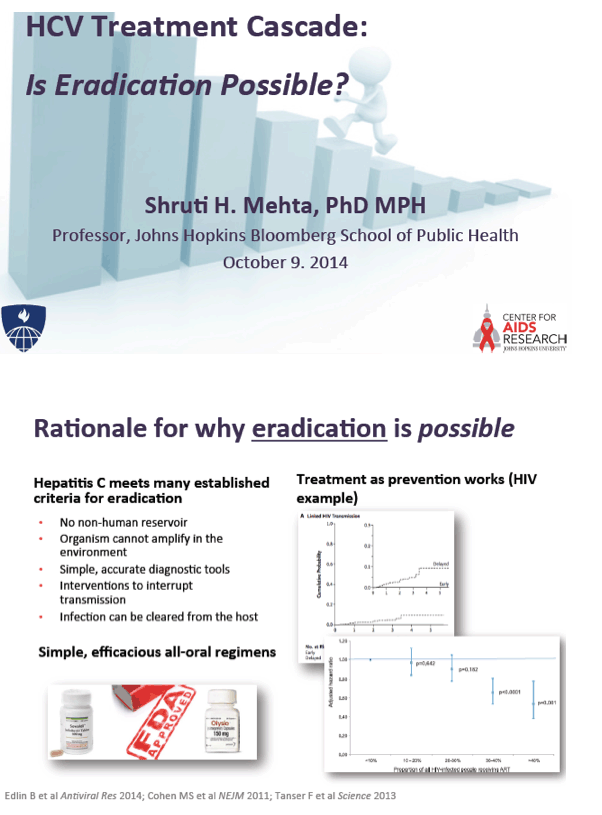
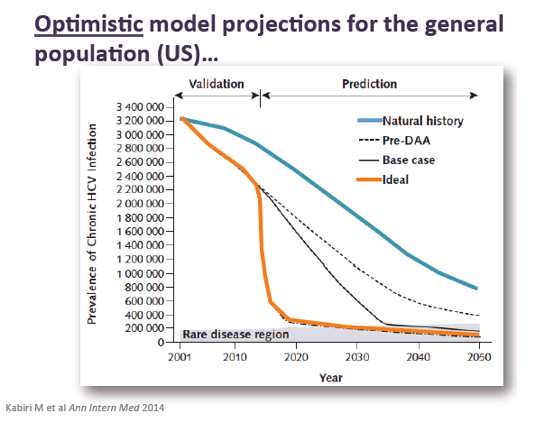
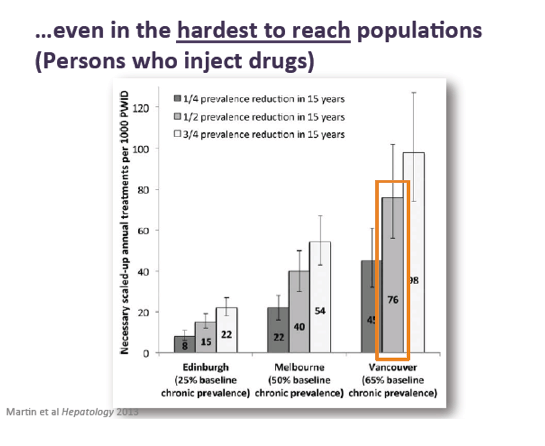
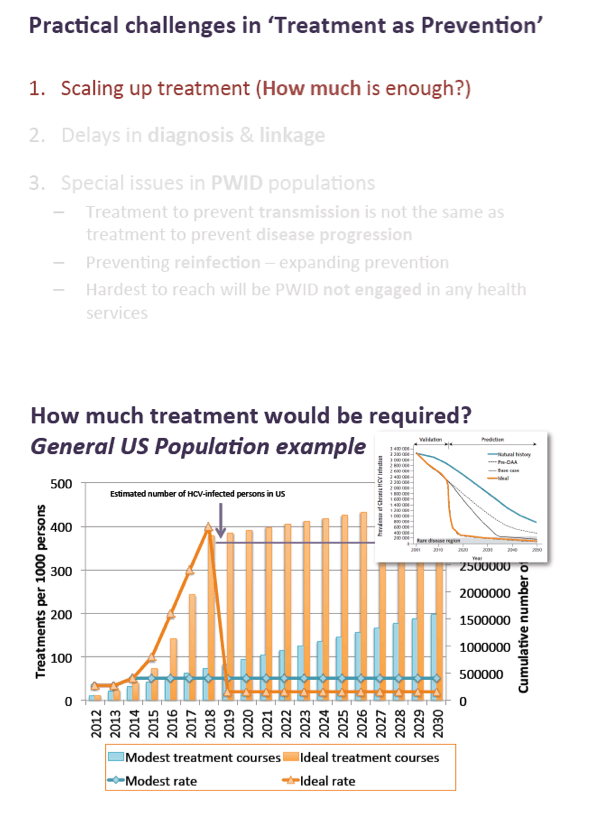
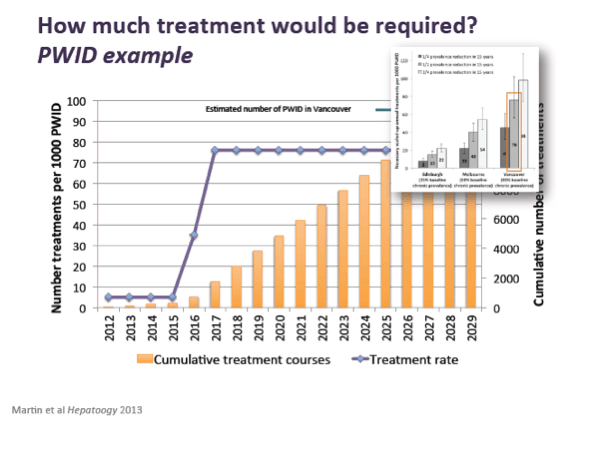
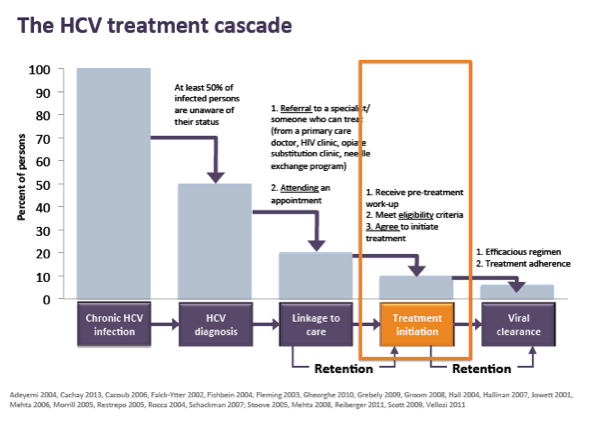
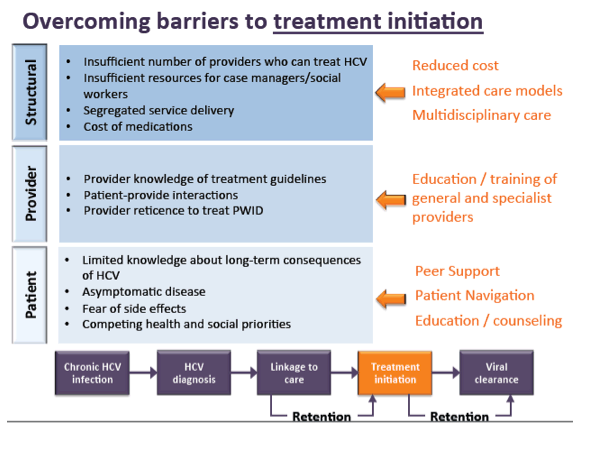
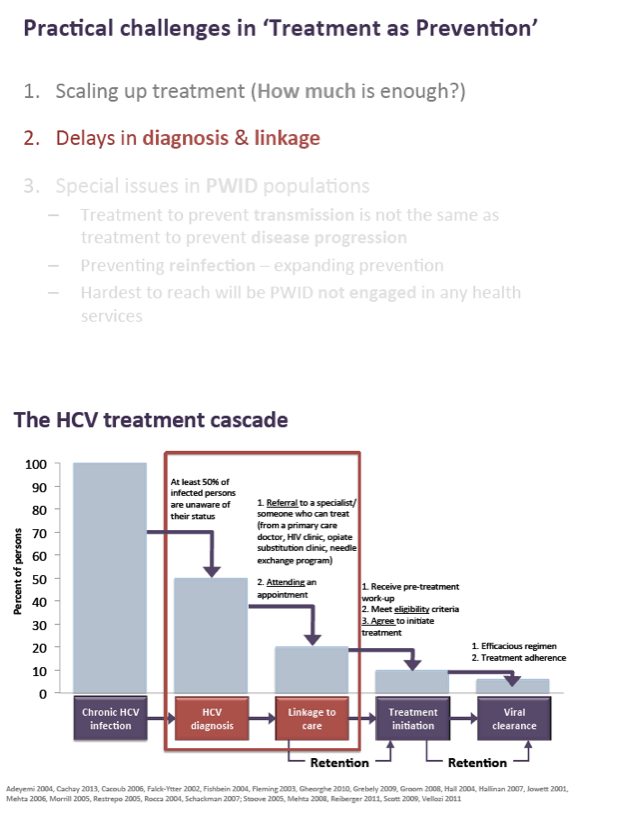
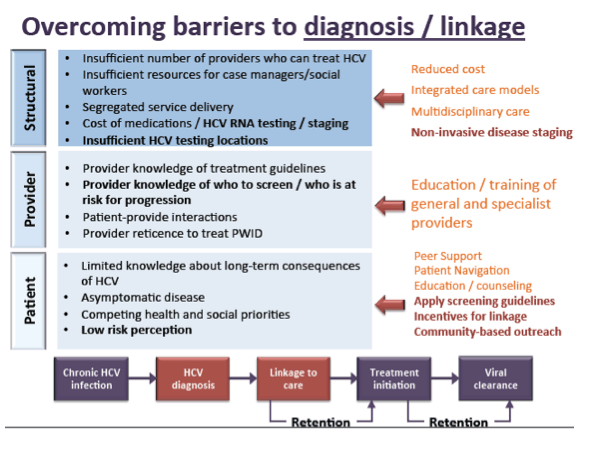


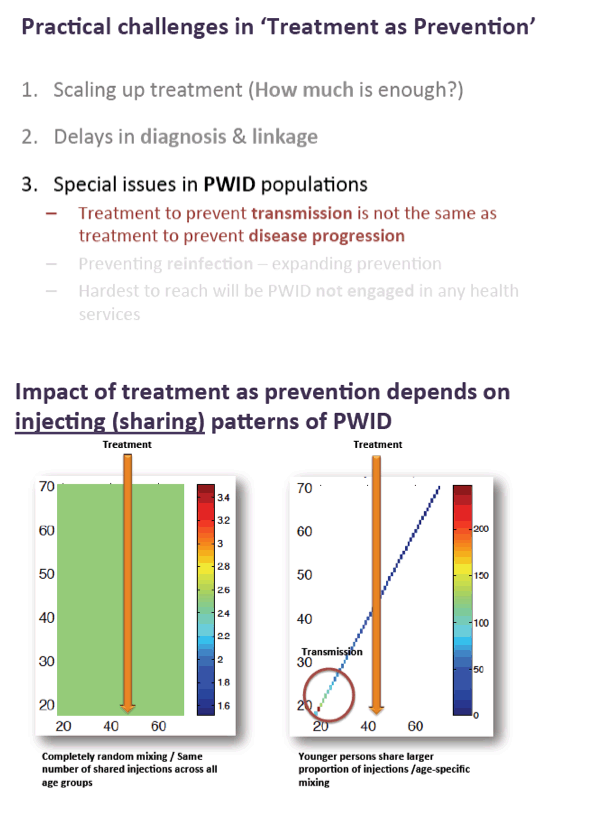
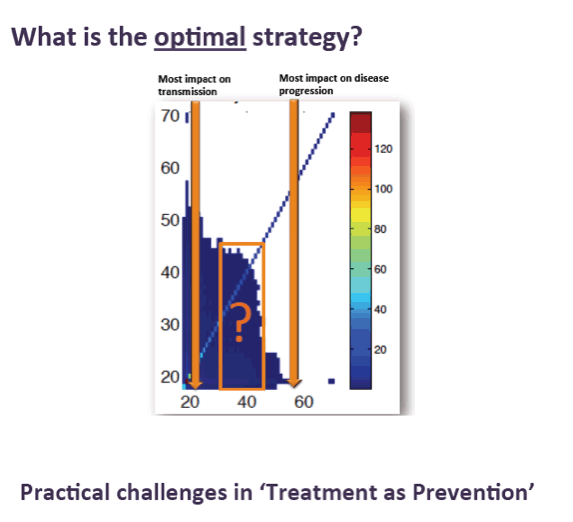
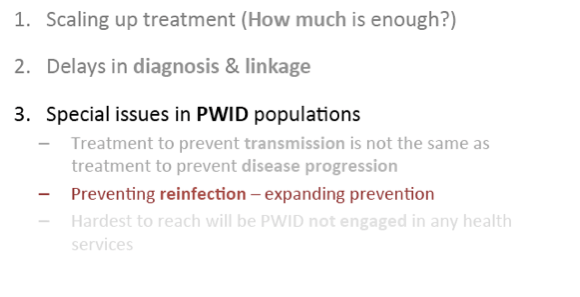
HCV reinfection incidence and treatment outcome among HIV-positive MSM in London
http://www.natap.org/2013/HCV/061713_01.htm
Hepatitis C Re-infection Among HIV+ MSM in London & Prisoners in Spain
http://www.natap.org/2013/IAS/IAS_101.htm
HCV Reinfection.....
http://www.natap.org/2013/HCV/101113_03.htm
Substantial rates of Acute Hepatitis C Reinfection in European HIV-positive Patients.....
http://www.natap.org/2013/EACS/EACS_17.htm
HCV Economics 101 - (10/13/13)
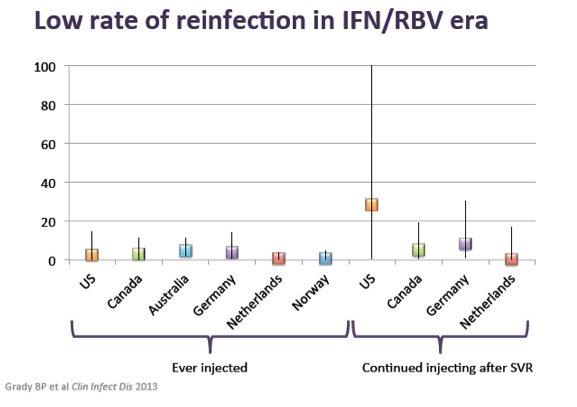
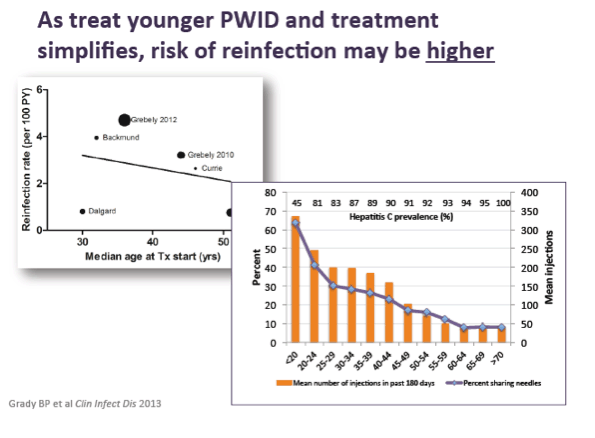
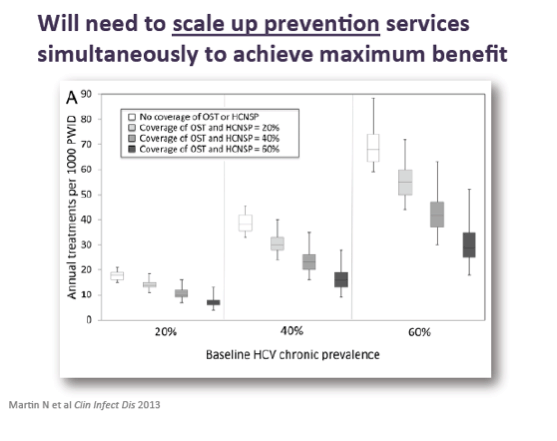

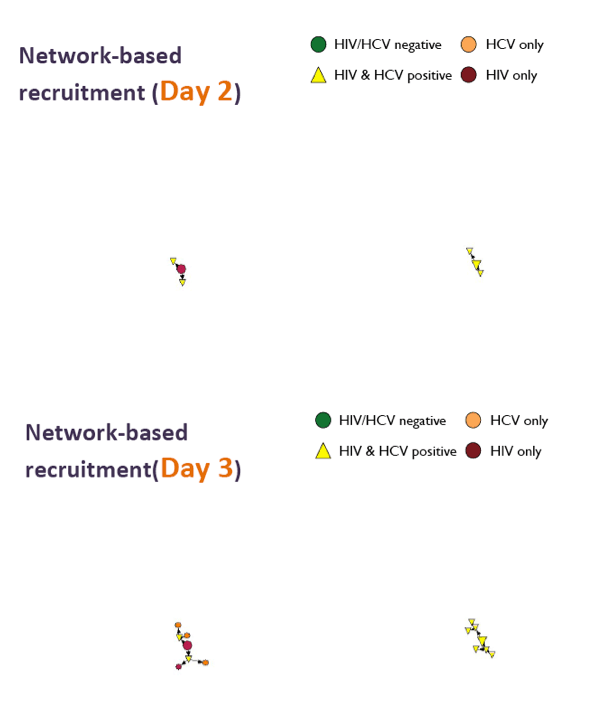
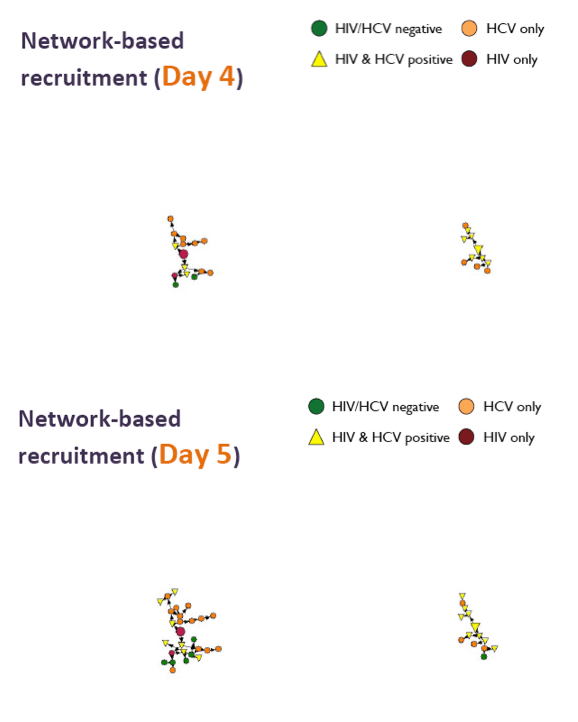
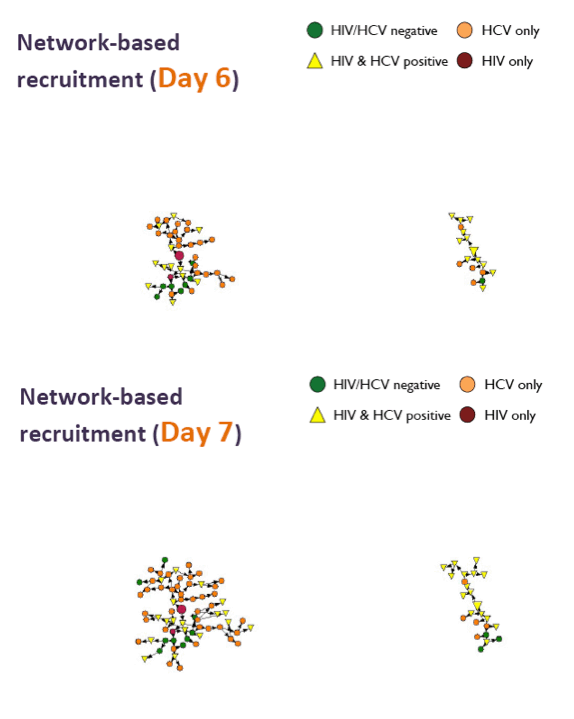
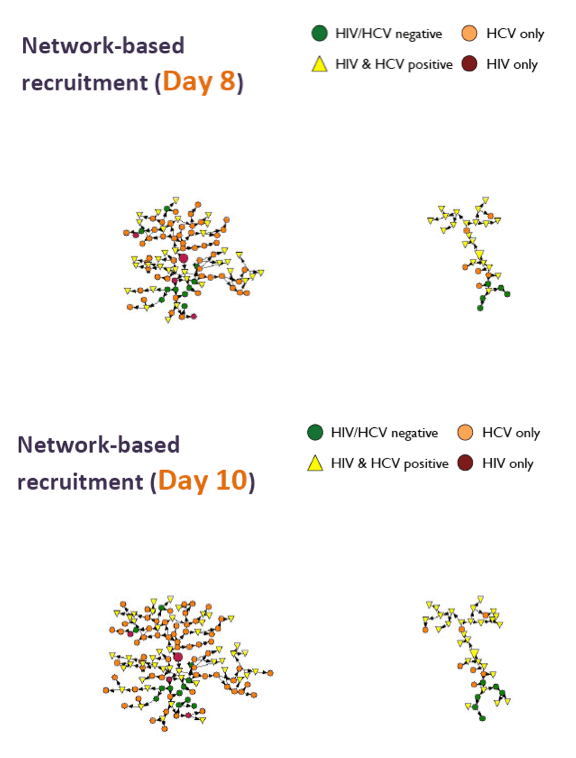
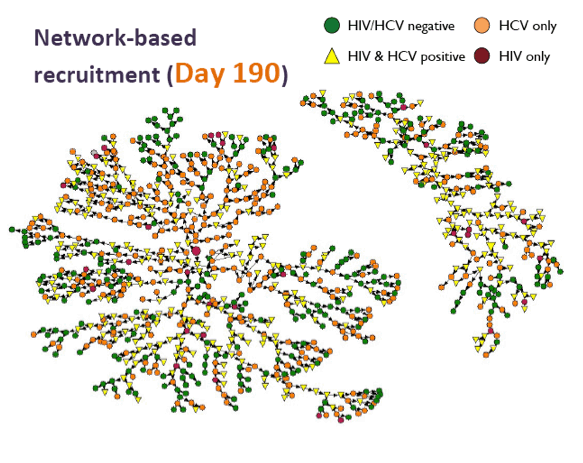
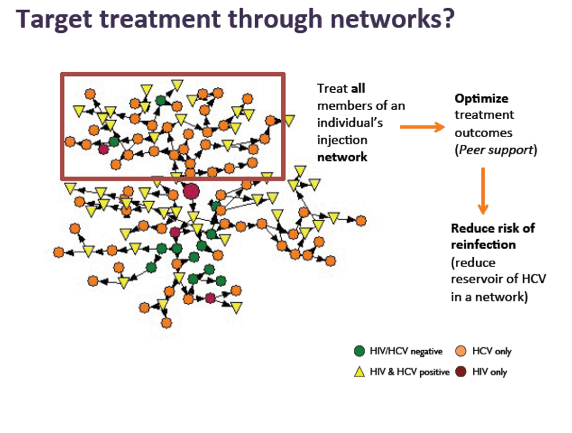

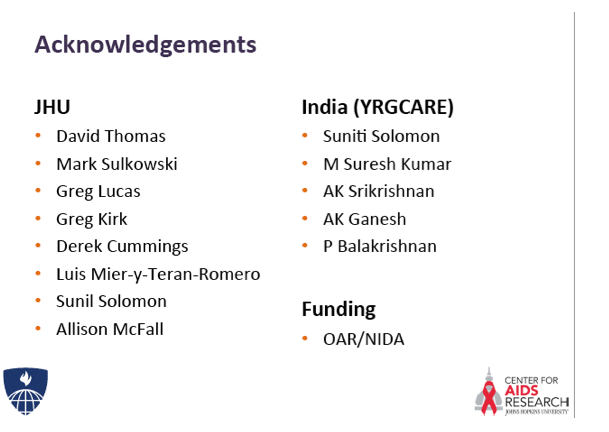
|
|
| |
| |
|
|
|